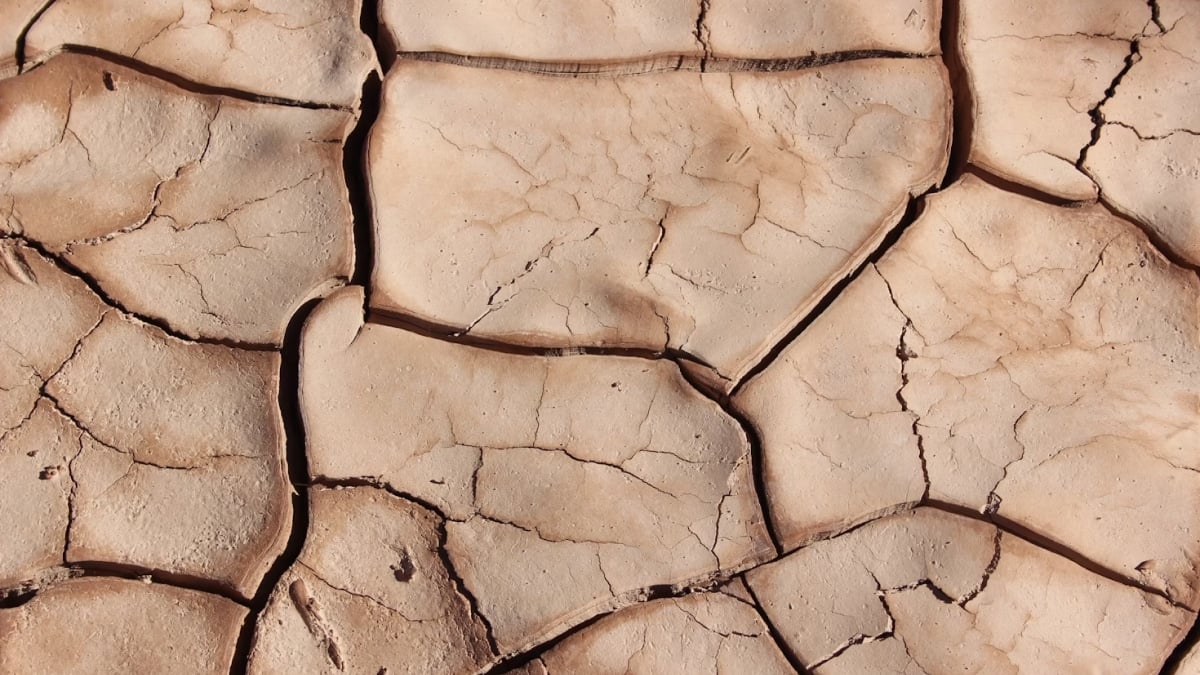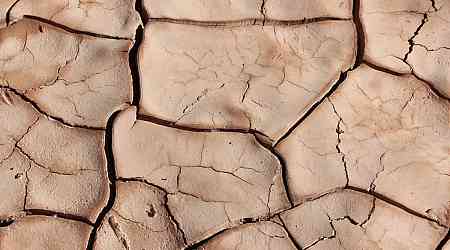New research suggests that a powerful El Niño cycle, fuelled by a massive release of carbon dioxide, may have contributed to Earth's largest mass extinction around 250 million years ago, during the end of the Permian period. Volcanic eruptions in what is now Siberia caused enormous amounts of carbon dioxide to enter the atmosphere, resulting in drastic climate changes. These shifts led to the extinction of 90 percent of species on Earth. While past events like this are rare, they hold serious implications for today's climate crisis.
Impact of Siberian Volcanic Eruptions
The eruption of the Siberian Traps, a series of massive volcanic rifts, spewed vast amounts of carbon dioxide into the atmosphere. This phenomenon caused extreme climate heating, leading to a series of long-lasting and severe El Niño events.
Alex Farnsworth told Live Science, paleoclimate modeller at the University of Bristol, this period saw temperatures rise far beyond the boundaries that life had adapted to for thousands of years, pushing species past their limits. On land, forests that helped absorb carbon dioxide were destroyed, worsening the atmospheric crisis.
How Climate Changes Affected Oceans and Land
The lead author of the study, Yadong Sun, earth scientist at the China University of Geosciences, discovered that the temperature gradient between the western and eastern parts of Panthalassa, an ancient ocean, weakened during the warming period. The ocean became too warm for most marine life to survive, especially as the tropical waters reached temperatures of 40°C. On land, animals reliant on forests struggled to survive as extreme heat and loss of vegetation created a feedback loop that worsened conditions for survival.
Modern Implications
Although the carbon dioxide levels during the Permian period were much higher than today's 419 ppm, the rapid pace at which humans are adding carbon to the atmosphere could potentially lead to similar destabilising effects.
































